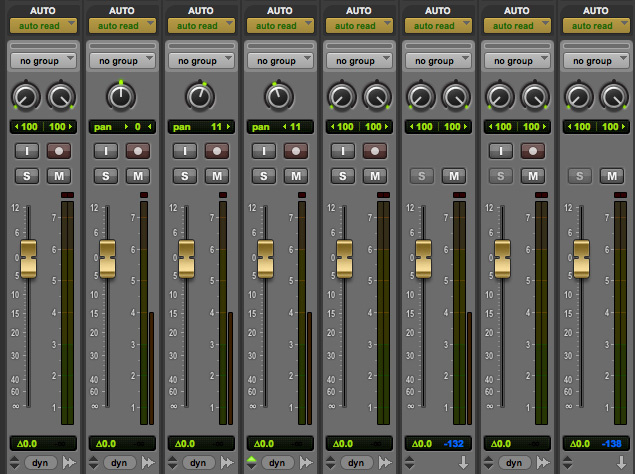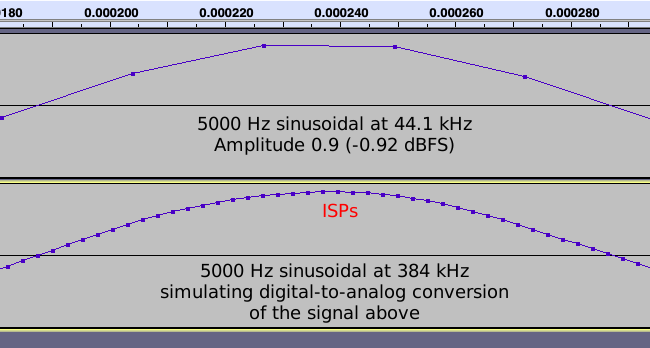No, it wasn’t. He specifically stated it was “imo” and he gave no other supporting evidence, so by definition it was not more than imo.It is more than "imo."
I think you missed the point of what I was stating. I was just giving another example of everything he claimed just being an “imo”, even when it’s relatively easy to measure, as you have done. I was not stating he was necessarily incorrect in this specific case, in fact I specifically stated in my previous post (#1,475): “However, the percentages given on a volume slider in a particular app will entirely depend on the programming of that app and may not match the actual percentage.”I have measured the steps in volume versus volume setting on my Sony TV. The volume is adjusted on a scale 1-100.
Sort of, although it works a little differently. Below is an image of the Pro Tools faders, which are typical not only of DAWs in general but also of digital hardware mixers and even of older analogue mixers. The scale next to the faders is in dB rather than a percentage or 0-100 setting but it’s not a linear scale. The resolution of the scale is highest around unity gain and falls off progressively more quickly from -20dB downwards, which makes it easier to make finer adjustments in the most used region. However, mixing desks are a little different to consumer systems because there is a trim or gain setting on the input (before the fader), to set the level of each channel near/at the unity gain level before mixing.I know very little about mixing and mastering, but in my naivety I would have assumed that a more limited implementation of that is offered by a classic mixing console? (I may well be wrong!)

G





















